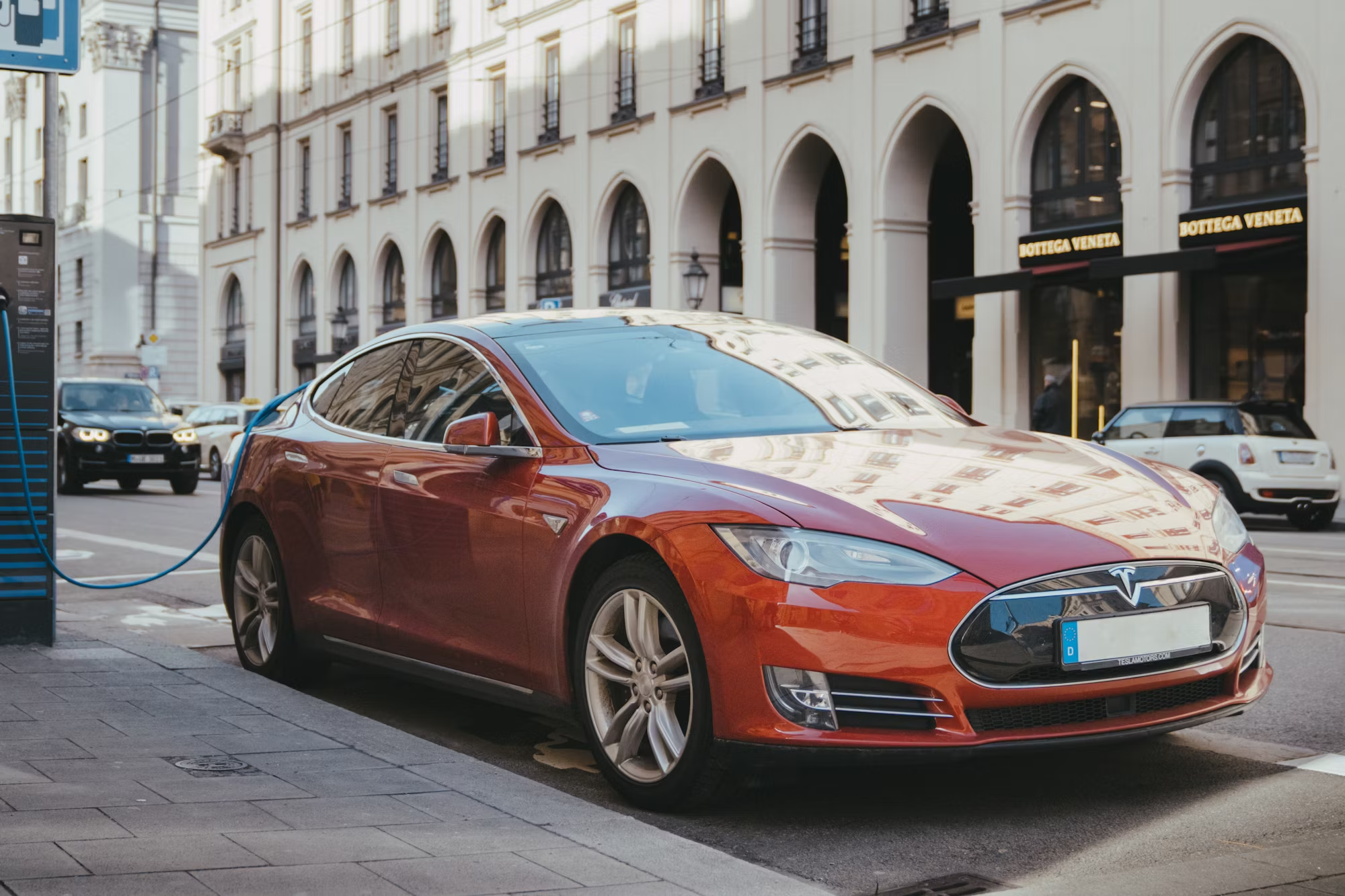Electric vehicles (EVs) have come a long way since their inception in the 19th century. Today, they are not only seen as an alternative mode of transportation but also as a key component in the global effort to combat climate change and reduce reliance on fossil fuels. This article delves into the evolution of electric vehicles, highlighting the technological advancements, environmental benefits, challenges, and the future potential of electric mobility.
A Brief History of Electric Vehicles
The concept of electric vehicles dates back to the early 1800s, when inventors began experimenting with battery-powered transportation. By the late 1800s, electric cars gained popularity in urban areas due to their quiet operation and ease of use. However, with the advent of gasoline-powered vehicles and the mass production techniques introduced by Henry Ford, electric vehicles lost favor and virtually disappeared from the market by the 1930s.
Fast forward to the late 20th century, and a renewed interest in electric vehicles emerged as concerns about air pollution and oil dependence grew. The introduction of models like the GM EV1 in the 1990s marked the beginning of the modern electric vehicle era, although the technology still faced significant hurdles in terms of battery life, charging infrastructure, and public perception.
Technological Advancements
Recent years have seen remarkable technological advancements in electric vehicles, making them more viable and appealing to consumers. The development of lithium-ion batteries has been a game changer, significantly improving energy density and reducing costs. These batteries allow electric vehicles to travel longer distances on a single charge, addressing one of the primary concerns consumers had about range anxiety.
Moreover, advancements in charging technology have made it easier and faster to recharge EVs. The emergence of fast-charging stations has transformed the landscape, allowing drivers to recharge their vehicles in as little as 30 minutes. Innovations such as home charging stations further enhance convenience, enabling users to charge their vehicles overnight.
In addition to battery and charging improvements, the integration of smart technology in electric vehicles has revolutionized the driving experience. Features such as regenerative braking, advanced driver-assistance systems (ADAS), and connectivity options are becoming standard. These innovations not only enhance safety but also provide drivers with real-time data on their vehicle’s performance and charging status.
Environmental Benefits
One of the most significant advantages of electric vehicles is their positive impact on the environment. Unlike traditional gasoline-powered cars, electric vehicles produce zero tailpipe emissions, reducing air pollution in urban areas. This is particularly important in densely populated cities, where air quality is often compromised.
Additionally, when powered by renewable energy sources, such as solar or wind, electric vehicles can operate with a significantly lower carbon footprint compared to their gasoline counterparts. Studies have shown that over their entire lifecycle, EVs can produce fewer greenhouse gas emissions, even when accounting for the emissions generated during battery production and electricity generation.
As governments around the world strive to meet ambitious climate targets, the adoption of electric vehicles is becoming increasingly crucial. Many countries are implementing incentives for EV buyers, including tax credits, rebates, and subsidies, to encourage the transition to cleaner transportation options.
Challenges Ahead
Despite the many benefits, the transition to electric vehicles is not without challenges. One of the primary hurdles remains the lack of comprehensive charging infrastructure. While the number of charging stations is increasing, it is still insufficient in many regions, particularly in rural areas. Expanding this infrastructure is essential to alleviate range anxiety and make EVs a practical choice for more consumers.
Moreover, the production of electric vehicle batteries poses environmental concerns. The mining of materials such as lithium, cobalt, and nickel can lead to significant ecological damage and raise ethical questions regarding labor practices. The industry is actively exploring more sustainable and ethical sourcing methods, as well as advancements in battery recycling technologies to mitigate these issues.
Another challenge is the high upfront cost of electric vehicles, which can deter potential buyers. Although prices have been steadily decreasing, the initial investment is still higher than that of comparable gasoline-powered cars. Continued advancements in technology and economies of scale are expected to drive down costs further, making EVs more accessible to the average consumer.
The Future of Electric Vehicles
Looking ahead, the future of electric vehicles appears promising. Major automotive manufacturers are committing to electrifying their fleets, with many announcing plans to phase out gasoline-powered vehicles altogether within the next few decades. This shift will not only increase the availability of electric models but also foster competition, leading to further innovations and advancements in technology.
Additionally, the integration of electric vehicles into smart city initiatives is gaining traction. By linking EVs to smart grids, cities can optimize energy consumption and improve overall efficiency. Vehicle-to-grid (V2G) technology, which allows EVs to supply power back to the grid during peak demand, has the potential to transform the role of electric vehicles from merely being consumers of energy to active participants in energy management.
Moreover, the exploration of alternative battery technologies, such as solid-state batteries, promises to revolutionize the electric vehicle landscape. These batteries offer increased energy density, faster charging times, and improved safety compared to traditional lithium-ion batteries. If successfully commercialized, solid-state batteries could address many of the current limitations of EVs.
Conclusion
In conclusion, electric vehicles represent a significant step toward a more sustainable and environmentally friendly transportation future. With technological advancements improving efficiency, charging infrastructure expanding, and a growing commitment from governments and manufacturers, the adoption of electric vehicles is set to accelerate. While challenges remain, the benefits of EVs are undeniable, making them an essential part of the global effort to reduce carbon emissions and promote cleaner air. As we drive toward a sustainable future, electric vehicles will play a pivotal role in reshaping how we think about transportation.
